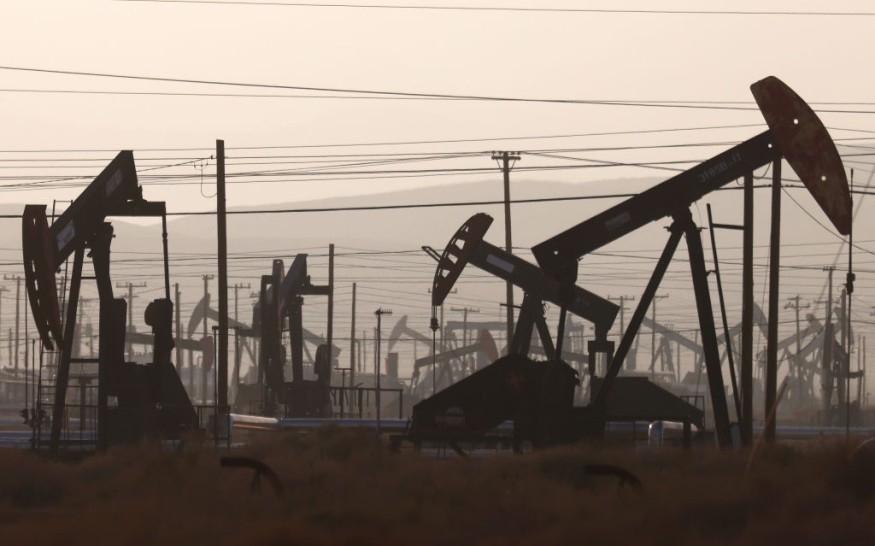
Scientists discovered that a microbe that dwells in an underground oil reservoir can convert crude oil to methane, and their genome analyses suggests that a special archaeon can do this all by itself.
In collaboration with a team from China, the researchers have succeeded in cultivating this microbe in the laboratory to enable them to describe exactly how the transformation goes and how these various petroleum compounds are degraded.
A 'Miracle Microbe'
While it is known that microorganisms are capable of converting oil into natural gas, it was only recently that scientists found this conversion is also possible through a previously unreported biochemical pathway.
Microorganisms typically use oil as food and energy source, while converting gas such as methane in the process. A recent discovery held that this conversion was not only possible through the cooperation of different organisms, but a special archaeon can do this all by itself.
It so happens that this 'miracle microbe' breaks down oil into methane (CH4) and carbon dioxide (CO2). Researchers managed to cultivate this archaeon called Methanoliparia from a settling tank of an oil production facility.
"Methanoliparia is a kind of hybrid creature that combines the properties of an oil degrader with those of a methanogen, i.e. a methane producer," explains study author Gunter Wegener from the Max Planck Institute for Marine Microbiology and the MARUM - Center for Marine Environmental Sciences at the University of Bremen in the study.
Upon having succeeded in cultivating these microorganisms in the laboratory, the underlying processes it goes through exhibited unique capabilities in its genetic make-up. "In its genes it carries the blueprints for enzymes that can activate and decompose various hydrocarbons. In addition, it also has the complete gear kit of a methane producer," says Wegener.
"So far, we have only cultivated archaea that live on short-chain hydrocarbons such as ethane or butane. Methanoliparia, on the other hand, prefers heavy oil with its long-chain compounds," says co-author Rafael Laso-Pérez, who now works at Spain's National Center for Biotechnology (CNB).
New pathway of methanogenesis
In the various methods used by researchers to examine and keep a close eye on the Methanoliparia and its underlying processes, it was particularly surprising to see was that this archaeon activated all the different hydrocarbons with one and the same enzyme.
"Methanogenic microbes that use long-chain hydrocarbons directly - we didn't know these existed until now. Even complicated hydrocarbons with ring-like or aromatic structures are not too bulky for Methanoliparia, at least if they are bound to at least one longer carbon chain. This means that besides our other exciting results we have also found a previously completely unknown pathway of methanogenesis."
Findings also showed that this microbe in particular prefers to eat rather bulky chunks of food. In addition, although Methanoliparia cells are cultured and originate from one of China's largest oil fields, the Shengli oil field, genetic analyses revealed that they are also distributed all over the world.
"Our results hold an entirely new understanding of oil exploitation in subsurface oil reservoirs. Both the wide distribution of these organisms and the potential industrial applications make this an exciting field of research in the coming years," Wegener concludes.
© 2025 NatureWorldNews.com All rights reserved. Do not reproduce without permission.





